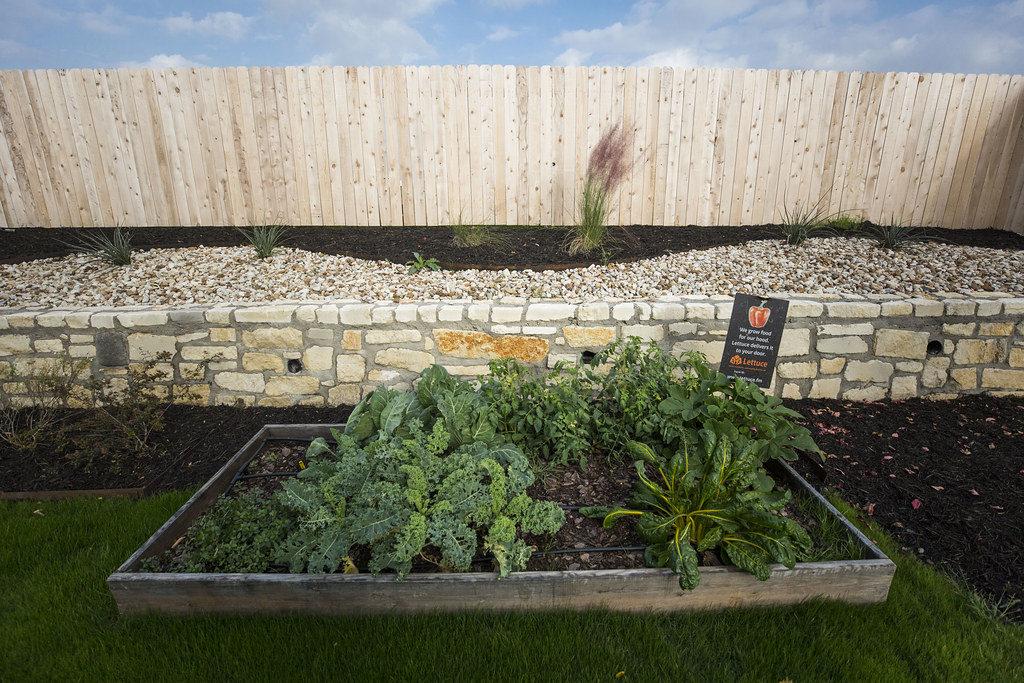Texans are about to experience their first El Niño winter in five years, and that could spell cooler and wetter weather for much of the Lone Star State.
While the forecast comes as a relief to some after a brutal summer, those with gardens are starting to take steps now to make sure their plants are winter-ready.
Larry Stein, a Texas A&M Agrilife Extension Service horticulture specialist and professor, joined the Standard with some tips and best practices.
This transcript has been edited lightly for clarity:
Texas Standard: What are some of the things that we should be considering when preparing a garden, especially for a cold winter, as they’re predicting?
Larry Stein: Well, the good news is the wet. You know, that’s been what’s lacking. So if we get wet, that’s going to help our plants be able to withstand the cold much better.
Well, there’s some crops that do better, given what we’ve experienced over the past summer and given Texas weather in general. I mean, it’s one thing to get them planted but then you try and keep them going.
Well, yeah, and that’s been the challenge, having enough water to make that happen. What I would tell people is if you just planted stuff, make sure that it’s well watered. Going into a hard spell is the main thing that we think about. You know, often times we think the plants ‘well it rained,’ well it rained two-tenths, but that didn’t really help your plants.
I said crops a little earlier because I tend to think that a lot of folks have gardens for vegetables and that kind of thing. What would you recommend to someone thinking, ‘okay, I want to get something going so we can stock up the kitchen in spring or summer’?
Well, so right now we’re in the cold crop season. We have cabbage coming in, broccoli, cauliflower, and that can take a little bit of cold – down to, say, 28 to 30 – but if it’s going to go lower than that, then you might need to put a slight blanket over the top, just to prevent it from freezing the crop itself.
» GET MORE NEWS FROM AROUND THE STATE: Sign up for Texas Standard’s weekly newsletters
Well, let’s talk a little bit about what people should be thinking about when it comes to protecting those gardens, because you know what happens: You get the forecast and everyone hits the Home Depot buying tarps. And a lot of them are real heavy.
So what should you be looking for? I mean, is there a particular kind of material that’s good, or what should you have on hand? Does an everyday blanket work?
Yeah, really it’s any kind of blanket, any kind of covering. And what you’re trying to do is you’re trying to trap the heat from the earth. You know, everybody thinks you need to wrap the plant up. Well, the main thing is you cover it and then the heat from the earth goes up to the blanket, comes back down. And that’s how the plants stay warm.
The other big factor I would tell you, though, is tropical plants is the main thing we’re concerned about. So a lot of people have citrus trees in their backyard. That’s the ones that we’re really concerned about this time of the year. They can take a light freeze as well – 28 degrees – but once it gets much colder, then you need to think about, again, covering the top if you can.
What’s the biggest mistake that you hear about people making that can really sort of hurt your garden during these cold months?
Well, the biggest mistake people make is, they go out there and they spray their plants with water thinking that that’s going to save them. But in reality, if you just spray them with water, that makes them freeze worse than had you not done that.
So what I would tell you to do is make sure the plants are well watered, the ground is wet, and then you cover it with whatever material you have. And then that will reflect the heat back down, and you should be in good shape.
Professor, are there any plants that maybe you’d say, get those out of your garden completely, or maybe some you should bring in during the coldest weather?
Right now, it’s cool-season crops. So we think about the cold crops. You think about spinach, lettuce, beets, onions are planted right now. All that can take the cold.
But it’s the warm-season crops that are going to stop growing, and so you take those out. Things like tomatoes, squash, things like that. I mean, they’re not going to do well anyway. So, yeah, go ahead and get those out of your garden and let the cold-season crops persist and remain.














